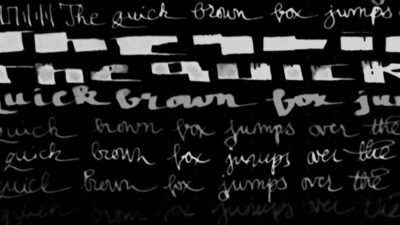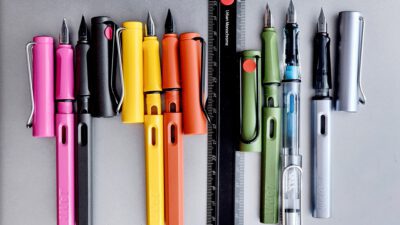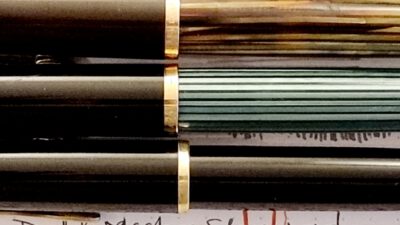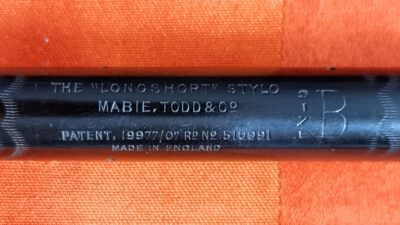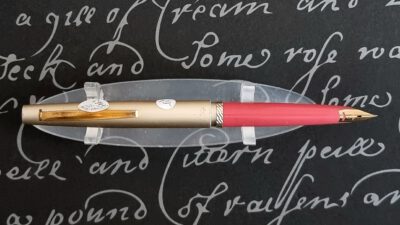TL;DR: A simple experiment to test the lightfastness of fountain-pen inks. This is important for anyone drawing or writing things they’d like to showcase, possibly in a frame, yet still read after many months and years. I put many inks on paper in duplicate, put a copy in a drawer, and taped another on the window. I take snapshots about every weekend and check to see which ink has faded beyond recognition — I know those are not lightfast and when they become less than legible. This mini-report summarizes the first three months of operation.
Read MoreLamy Safari Comparison
TL;DR: Lamy Safari has been around since the 1980s, and it’s still the go-to starter pen in many places in Europe. It’s an iconic pen. In this comparison, the EF, F, M, and B nibs, various colors, and the occasional Safari-variant, that is, the Vista, the Al-star, and the Joy.
Read MoreTwo Pelikan 400NN and a Geha 605 (1950s-60s)
TL;DR: Two Pelikan 400NN, one green-striped with 14k-gold M nib, the other tortoise brown striped with 14k-gold BB nib! Sitting next to the Geha 605 from yesterday’s post!! Joy!!!
Read More(Over) One Hundred Years of Pocket Pens
TL;DR: I enjoy very much drawing with pocket pens. But how long have they been here for? In a previous post, we saw that Sailor made their first Mini at the latest in 1960. But, as it turns out, pocket pens have existed for over 100 years now. This post showcases three pocket pens, from around 1911, 1960, and 2021, so 110 years apart.
Read MoreNibs of the 1960s: Sailor, part II
TL;DR: In this series of posts, I explore the nibs of the 1960s. First up: the nibs produced by Sailor, starting with their pocket pens.
Read MoreNibs of the 1960s: Sailor, part I
TL;DR: In this series of posts, I explore the nibs of the 1960s. First up: the nibs produced by Sailor, starting with their pocket pens.
Read More
